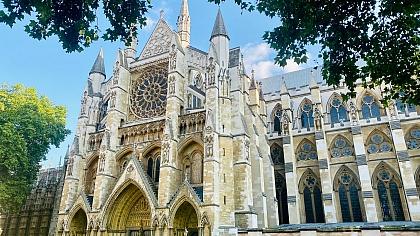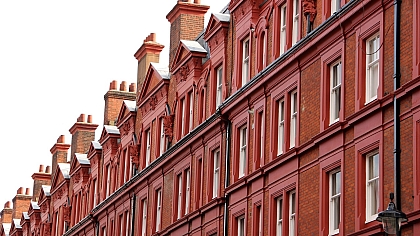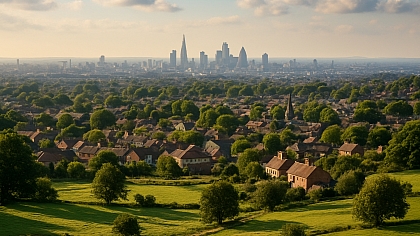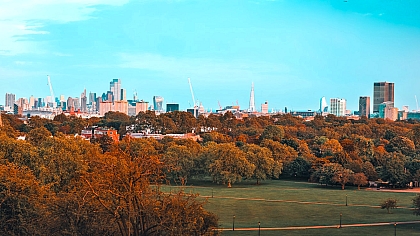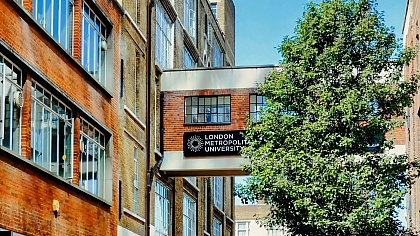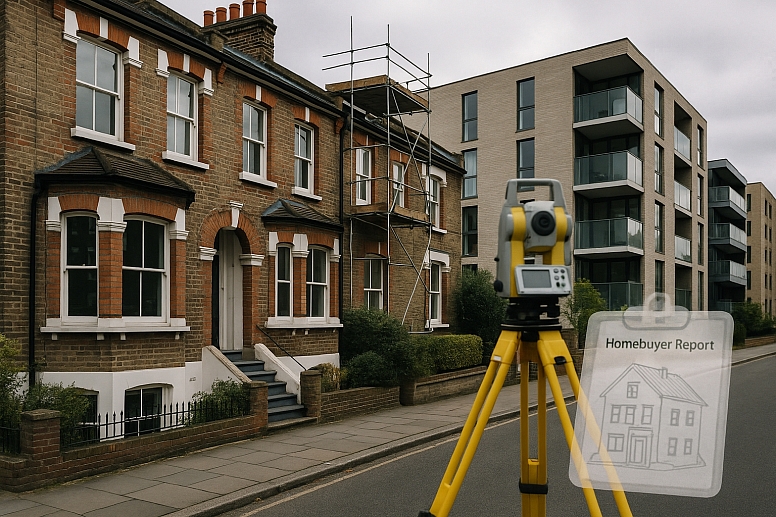
Getting a Property Survey in London: What Makes It Different
When buying a home in London, getting a property survey is essential. However, London’s property market has unique features that distinguish it from other regions in the UK. Understanding these differences helps you prepare better and choose the right survey for your needs.
Why London Property Surveys Are Distinct
London is home to a wide mix of buildings, from historic townhouses to modern apartments. This variety means surveyors often encounter more complex issues than in other areas. The city’s older homes may have different construction methods, materials, and past renovations that require careful inspection.
Additionally, London properties tend to be built close together, which can affect factors like drainage and dampness. This means a surveyor might spend extra time checking shared walls, foundations, or communal areas.
The fast pace and high value of the London property market also influence how surveys are conducted. Buyers often want quick but thorough reports to support decision-making. This is where a London home buyers survey comes into play, offering a balanced option between basic checks and a full structural survey.
What a HomeBuyer Report Covers and How It Applies in London
A common choice is the Level 2 HomeBuyer Report, suitable for conventional properties in reasonable condition. This report highlights visible problems such as damp, wood rot, cracks or subsidence, and the presence of Japanese knotweed, an invasive plant that can affect London gardens and foundations.
Surveyors will also check the roof and loft space, looking for missing tiles or poor insulation. In London, this inspection is important due to older roofs and varied maintenance levels.
Drainage systems and manhole covers are also reviewed, especially in areas where shared drains or Victorian-era infrastructure exist.
However, the HomeBuyer Report does not include invasive checks or testing of electrical and plumbing systems. In London, where properties may have complex wiring or plumbing updates, this is something to consider before buying.
Key Factors Affecting London Property Surveys

The age and type of property are major factors. Many London homes are Victorian, Georgian, or Edwardian, often needing specialist knowledge to spot potential issues. For these older homes, a Level 3 Building Survey may be more suitable.
Location within London also matters. For example, homes near the River Thames might be more prone to flooding, requiring a closer look at foundations and drainage.
Another factor is leasehold properties, common in London. Surveys do not usually cover lease terms, but understanding the lease length and conditions is crucial before purchase.
Tips for Buyers Getting a Survey in London
When arranging a survey in London, inform your surveyor about the property’s age, style, and any known issues. This helps them tailor their inspection effectively.
If time allows, try to attend the survey to see any concerns directly and ask questions. Also, review the report carefully, paying attention to recommendations for further checks.
Because London properties can be complex, do not hesitate to seek additional specialist reports if suggested. This could include structural engineer assessments or damp surveys.
Buying in London comes with its own set of challenges and rewards. Knowing what to expect from a property survey here helps you make confident decisions. Whether you are looking at a modern flat or a period house, understanding these differences can protect your investment.
